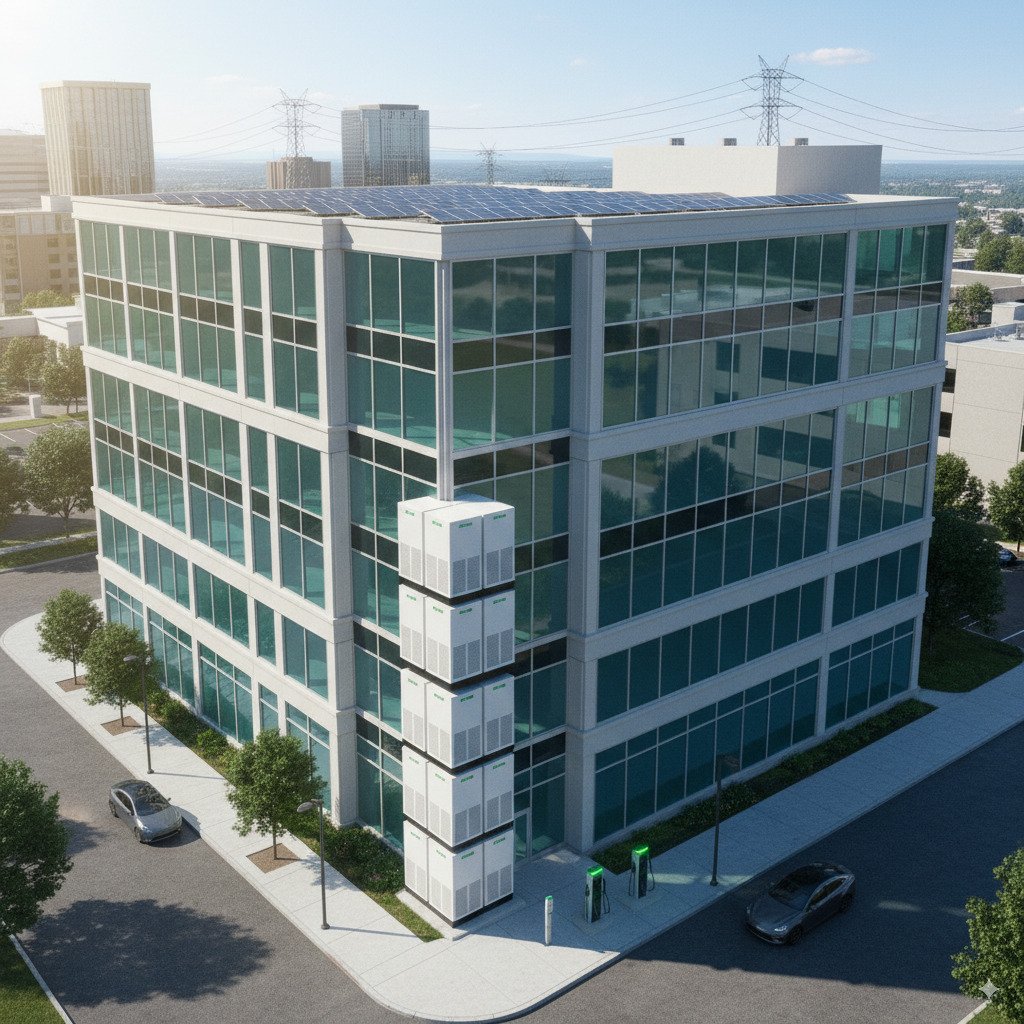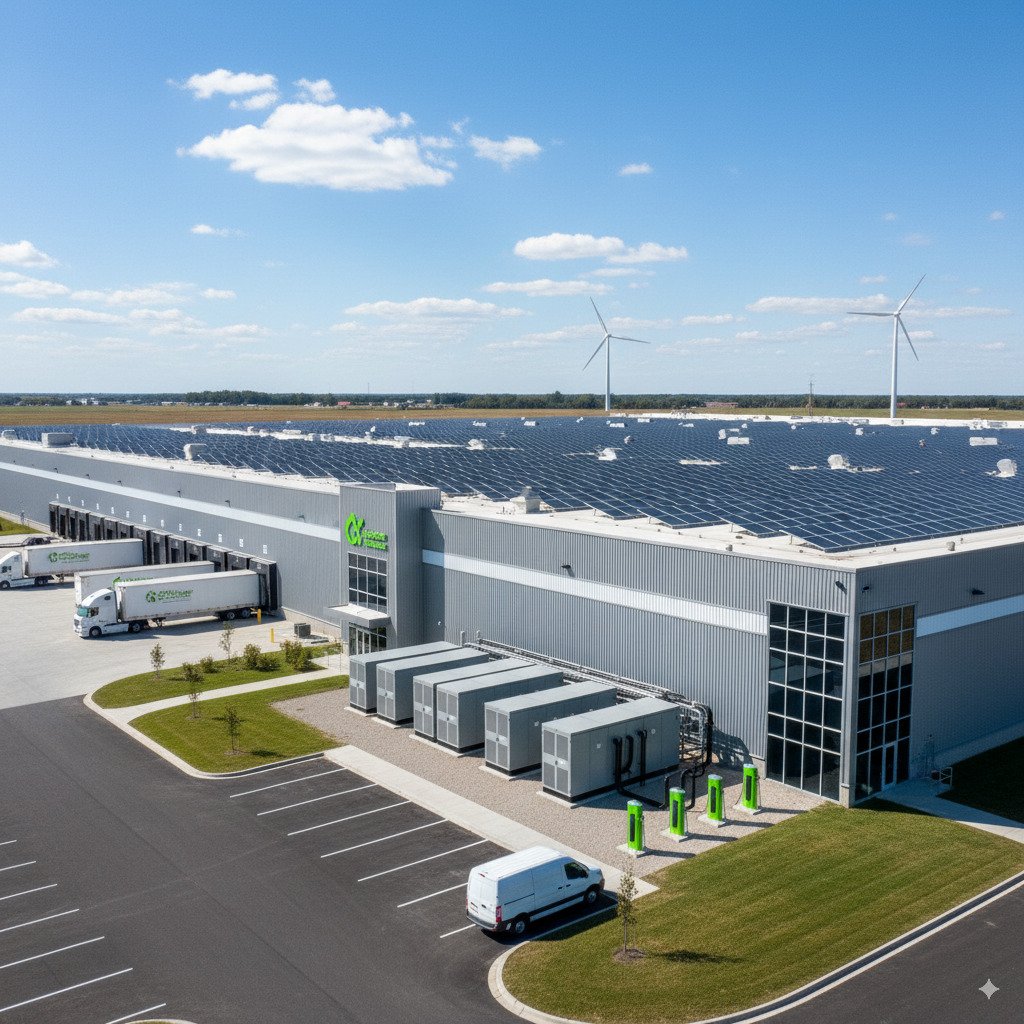Commercial & Microgrid
Demand Charge Management
Commercial buildings often incur significant demand charges based on their peak electricity usage during specific time intervals. Energy storage systems can help mitigate these charges by storing energy during off-peak hours when electricity rates are lower and discharging it during peak demand periods, effectively reducing peak demand and associated charges.
Peak Shaving
Energy storage systems enable commercial buildings to smooth out their electricity usage profile by storing excess energy during low-demand periods and using it during peak-demand times. This can lead to substantial cost savings by avoiding peak demand charges and reducing reliance on grid electricity during high tariff hours.
Backup Power
Ensuring an uninterrupted power supply is crucial for many commercial operations. Energy storage systems can provide reliable backup power during grid outages, allowing businesses to maintain critical operations, prevent data loss, and avoid revenue losses due to downtime.
Grid Services
Energy storage systems can provide valuable grid services such as frequency regulation, voltage support, and load balancing. Commercial buildings equipped with energy storage systems can generate additional revenue streams while supporting grid stability and reliability by participating in demand response programs or providing ancillary services to the grid.
Integration with Renewable Energy
Many commercial buildings invest in renewable energy sources like solar panels to reduce their carbon footprint and energy costs. Energy storage systems complement these renewable energy installations by storing excess energy generated during sunny periods during cloudy or nighttime hours, maximizing renewable energy utilization and reducing reliance on grid electricity.


Resilience and Reliability

Environmental Benefits

Financial Incentives
In many regions, governments offer substantial financial incentives, tax credits, or subsidies to promote grid modernization and the adoption of energy storage systems. These incentives can significantly offset the upfront costs of installing energy storage systems, accelerating your return on investment. In summary, energy storage systems provide commercial buildings with a host of advantages, including cost savings, grid resiliency, environmental benefits, and revenue opportunities.
A microgrid
A microgrid is a self-sufficient energy system that serves a discrete geographic footprint, such as a college campus, hospital complex, business center or neighborhood.
Within microgrids are one or more kinds of distributed energy (solar panels, wind turbines, combined heat and power, generators) that produce its power. In addition, many newer microgrids contain energy storage, typically from batteries. Some also now have electric vehicle charging stations.
Interconnected to nearby buildings, the microgrid provides electricity and possibly heat and cooling for its customers, delivered via sophisticated software and control systems.


